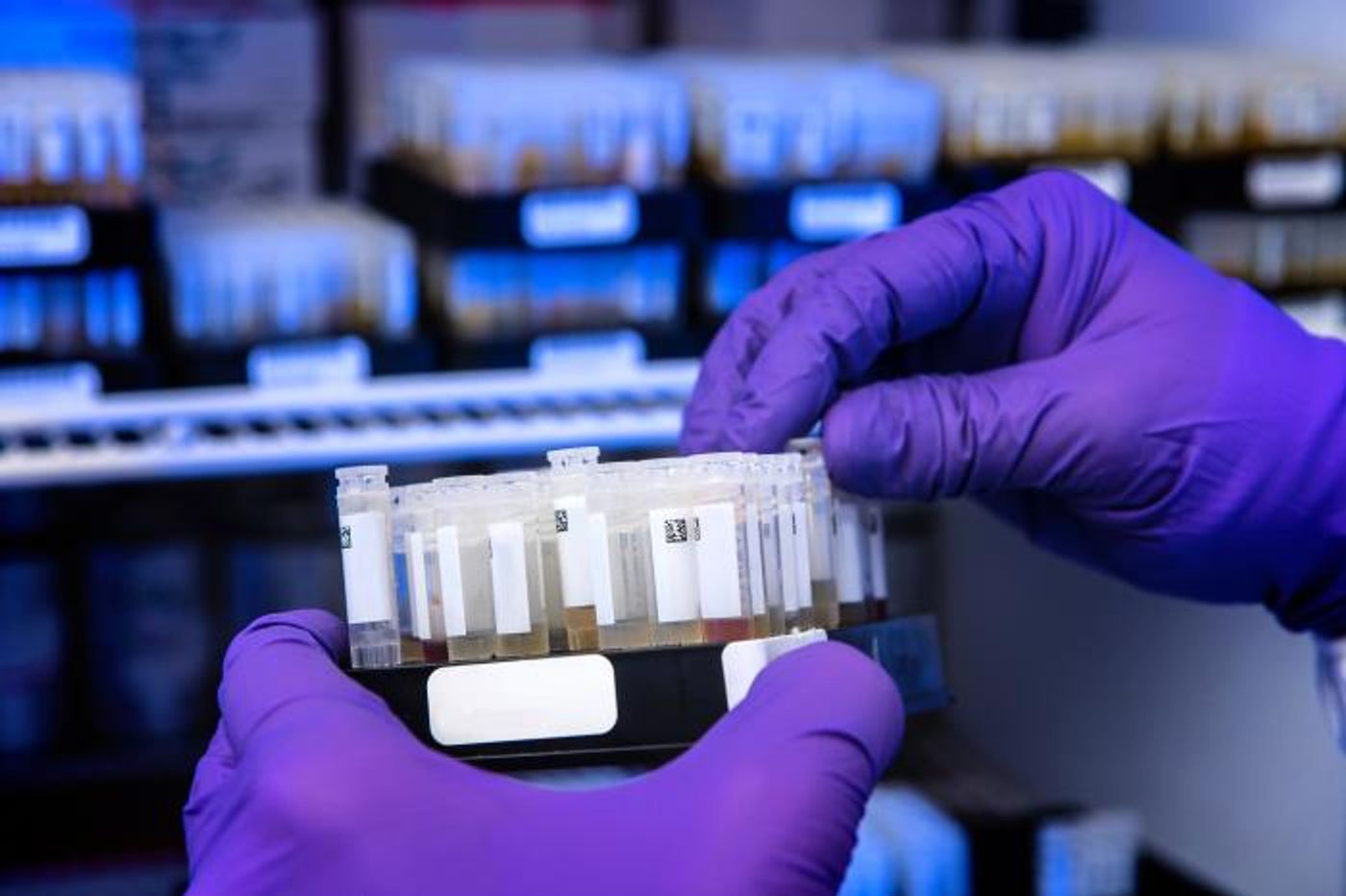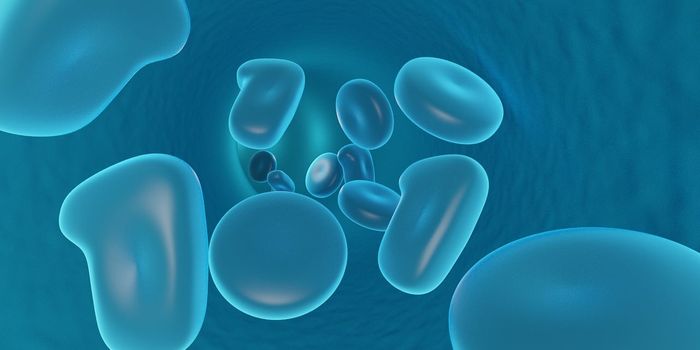Researchers Reveal the 3D Structure of a Viral Protein & How to Neutralize It
In research, scientists rely on many models to study various biological processes. The lymphocytic choriomeningitis virus (LCMV) infects rodents as well as humans, and has long been used to study how the immune system fights viral infection with various cell and antibodies in rodent models. This work has given us insight into how cells in the immune system identify invaders or remember past infections. But the machinery that LCMV uses to infect cells, which is a glycoprotein has remained mysterious for all this time. Scientists have now revealed the three-dimensional structure of viral protein complex called the LCMV glycoprotein trimer, and showed how it could be vulnerable. The researchers also determined that an engineered antibody can stop the virus from causing disease. The findings have been reported in Cell Chemical Biology.
Mice can spread LCMV to people, who can become very sick from the virus, particularly when they have compromised immune systems. The virus can also penetrate the placental barrier to infect the developing fetus; this may lead to birth defects or fetal death.
More attention should be paid to LCMV, which can infect humans and has been neglected; there is no vaccine or treatment for the infection, noted co-corresponding study author Kathryn Hastie, PhD, Director of the LJI Antibody Discovery Center.
The immune system can produce neutralizing antibodies, but they have to be able to find a good target on the pathogen to do so. We also need to know where the virus is vulnerable in order to create a treatment or preventive for LCMV infection, noted co-corresponding study author and LJI Professor Shane Crotty, PhD.
A high-resolution look at the viral glycoprotein can give researchers who are developing neutralizing antibodies valuable information.
When LCMV infects cells, it moves to acidic areas that alter the conformation of the LCMV glycoprotein, so the structure shifts. The change in shape enabled the virus to fuse with the host cell membrane. Antibodies that target the glycoprotein in the pre-fusion stage are the only ones that fight the virus.
"If you can prevent the glycoprotein from undergoing this conformational change, then you essentially can neutralize the pathogen and stop it from infecting cells in the first place," said first study author Alex Moon-Walker, PhD.
Lassa virus is similar to LCMV, and the researchers had access to an antibody that was isolated from a Lassa virus infection survivor. This antibody was used to engineer an antibody called M28, which was then exposed to LCMV.
With cryo-electron microscopy, the study authors revealed the structure of the LCMV glycoprotein-M28 complex. M28 was found to blocs infection by locking the LCMV glycoprotein into its pre-fusion state, and stopping the structural change that follows.
Hastie noted that this is the first time a class of antibodies that can neutralize LCMV in mice or humans has ever been identified. Using a mouse model, the investigators found that M28 can prevent infection if it's given before viral exposure, and can also treat an infection that has already started.
More research will be needed to determine whether this antibody is safe and effective for people, but if so, it could help prevent disease in people who are getting an organ transplant because they are very susceptible to LCMV infection. The researchers also want to look for other neutralizing antibodies.
Sources: La Jolla Institute for Immunology, Cell Chemical Biology









